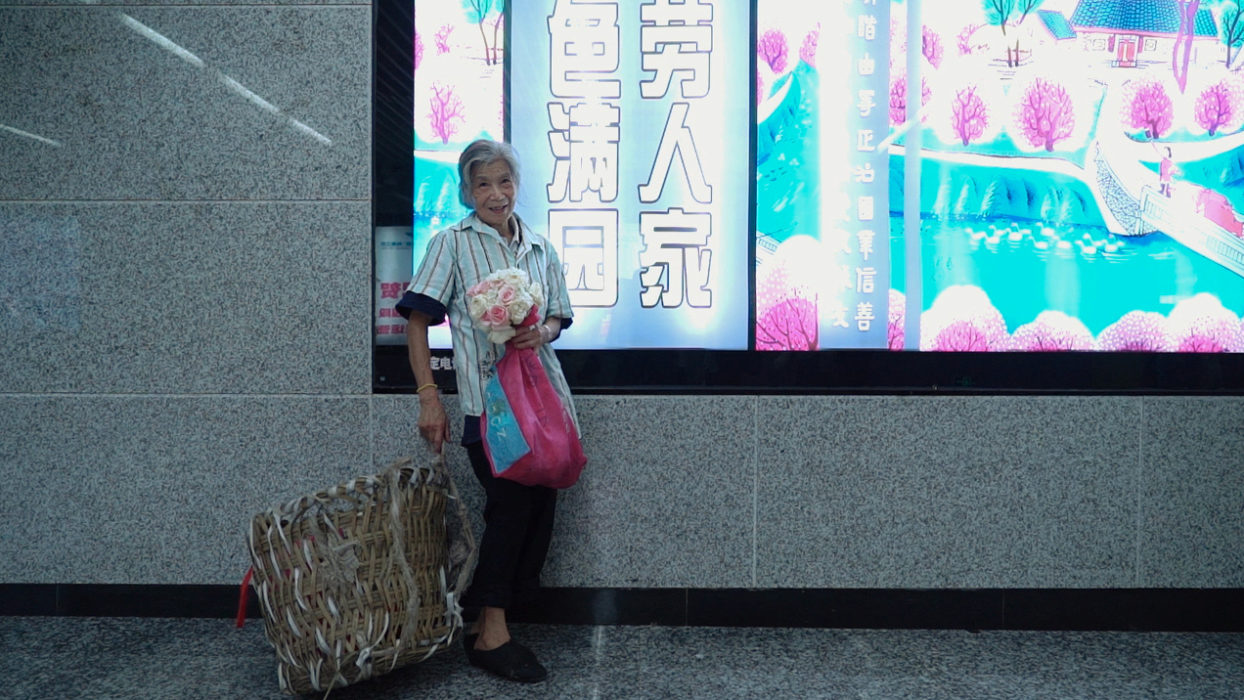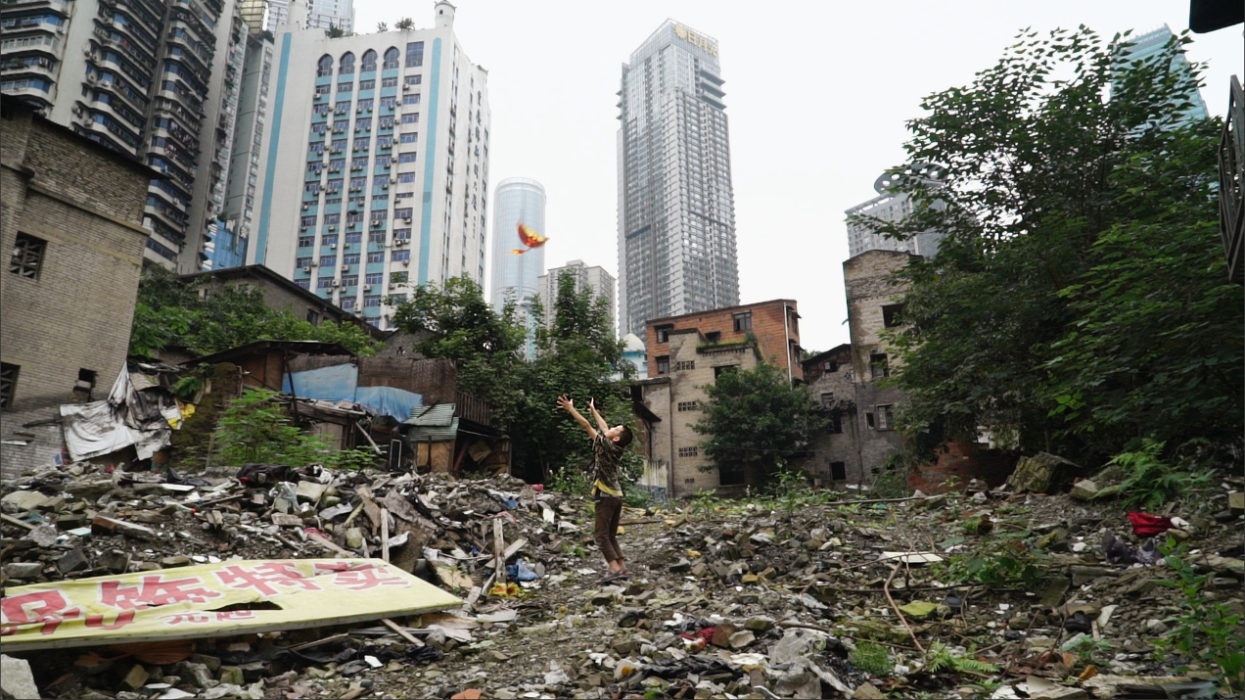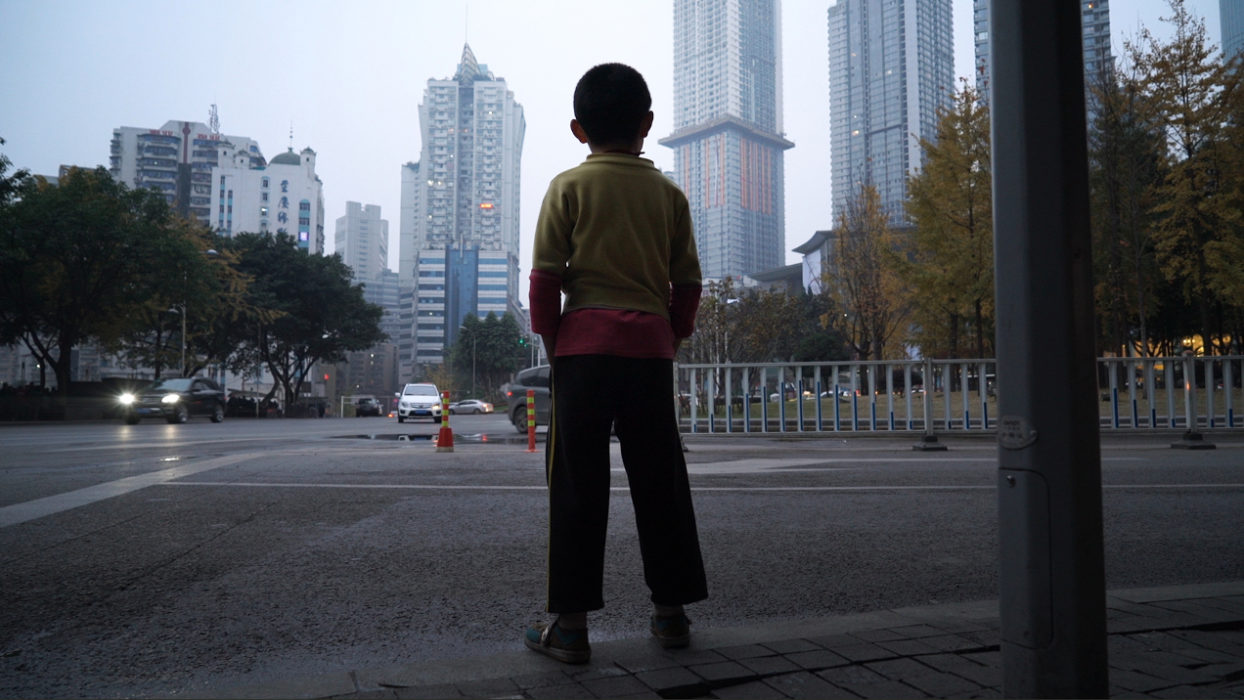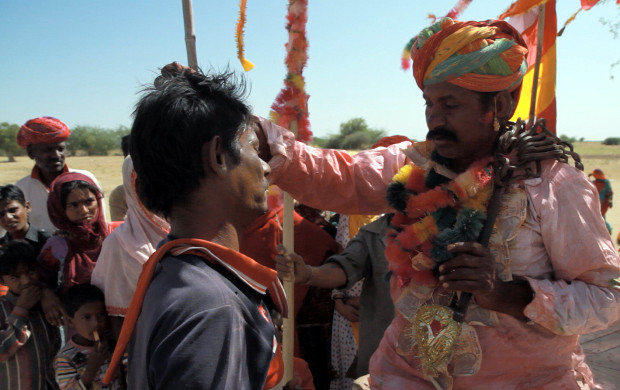Derniers jours à Shibati
Last Days in Shibati
- 2017
- France
- 60 minutes
- Chinese
INSTITUT FRANÇAIS LOUIS MARCORELLES AWARD
YOUTH AWARD
In the vast city of Chongqing, the last of the old districts is due to be demolished and its inhabitants rehoused. The filmmaker nonetheless befriends a child and an old lady, the last guardians in a labyrinth soon to be razed.
“This foreigner keeps filming us!… He’s most likely a drop-out, otherwise, what the hell would he be doing here?” Hendrick Dusollier never escapes his status of foreigner as he films the gradual dismantling of the last old district of the huge city of Chongqing for over a year. He fully integrates the fact that he does not speak Mandarin into his sensitive and affectionate chronicle of the end of a place, which is also the end of a way of life. Whereas some films about the phenomenon of mass rehousing in China highlight the demographic proportions, Last Days in Shibati accurately conveys this experience through chosen encounters. The inhabitants that he meets with every six months are those who seem most attached to their homes, and the most able to project their imagination on the district: the young Zhou Hong, who drags him into the “City of Moonlight” (the name of a nearby shopping mall!), the hairdresser who confuses De Gaulle and Roosevelt, and Xue Lian, the migrant workers’ godmother and builder of a real palace constructed out of incongruous yet poetic recycled objects. With each visit, Dusollier gets closer to their interior, returns with a translator and follows them into what will soon be their new home, a high-rise block of social housing on the distant outskirts. Without commentary, he manages to recreate the wastefulness of this uprooting, the strange taste of Coca-Cola that Hong sips for the first time in a subway, where he feels sick, and his mother’s fear of taking the elevator. (Charlotte Garson)
- Production : Hendrick Dusollier
- Editing : Hendrick Dusollier
- Sound : Hendrick Dusollier
- Photography : Hendrick Dusollier







